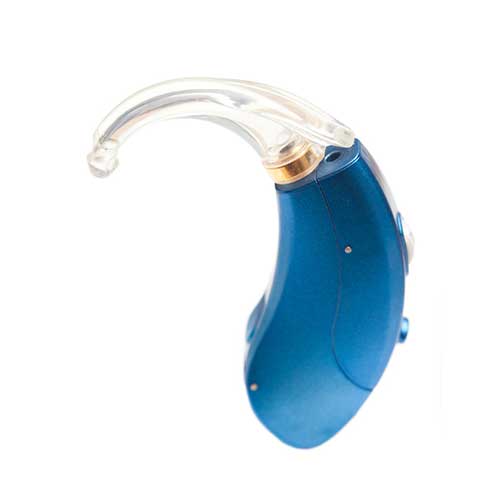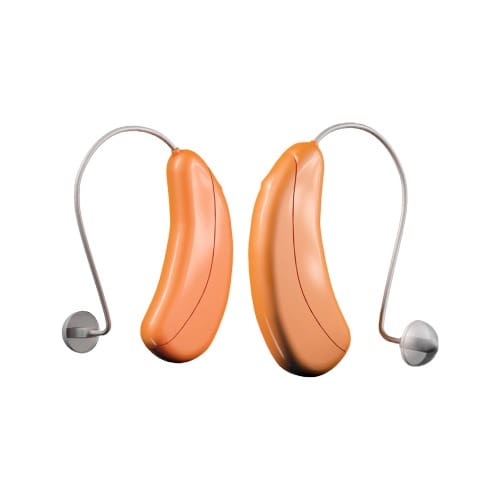Hearing aids
Different types of hearing aids...
Behind-the-ear hearing aid (BTE)
This style sits behind the ear, while the amplified sound passes down a tube to a customized ear mold which fits in your ear.


Completely-in-the-canal hearing aid (CIC)
Completely-in-the-canal (CIC) micro-technology allows this type of hearing aid to be worn deep inside the ear canal. CICs are so tiny, they are almost invisible when worn.
In-the-ear hearing aid (ITE)
Hearing aids are custom-made and fit comfortably inside the ear. In-the-ear (ITE) hearing aids are custom-made and fit comfortably inside the ear.


Receiver-in-canal hearing aid (RIC)
The RIC is a much smaller behind-the-ear hearing aid, with a wide range of personalization.Open-ear (receiver-in-canal, or RIC) hearing aids are the newest design to reduce or eliminate that echo or plugged feeling wearers can sometimes experience.They are easy to wear and barely noticeable.
Steps to Assurance
- Make sure your hearing test is conducted by an Audiologist.
- Make sure your test results are interpreted by an Audiologist.
- Make sure your prescription for hearing aids is written by an Audiologist.
- Make sure your fitting is done by an Audiologist.
Who should you see for hearing aids?
If you suspect you have a hearing loss and may need hearing aids, make sure you see a Doctor of Audiology. Most people with hearing loss can benefit greatly from hearing aids. However, today’s hearing aids are much more complex than in the past and they require extensive knowledge to prescribe them accurately.
An Audiologist will advise you if hearing aids are recommended for your hearing loss and has the advanced education needed to prescribe and fit today’s high technology hearing instruments with the precision these devices require.

